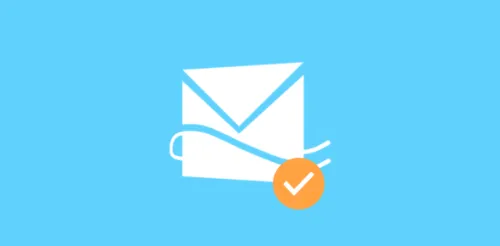In today's data-driven world, email addresses are not just a means of communication but also serve as crucial identifiers in various applications and databases. However, the integrity of your email data depends on robust validation processes. Welcome to our comprehensive guide on creating the ultimate Email Validation Checklist, where we'll explore the best practices, test cases, and expert insights to ensure the accuracy and reliability of your email data.
Why Email Validation Matters
Before delving into the specifics of an email validation checklist, it's essential to understand why email validation is of paramount importance.
Data Accuracy: Accurate email addresses are vital for maintaining data integrity. Incorrect or invalid email addresses can lead to communication failures and lost opportunities.
User Experience: Users appreciate smooth and error-free experiences. Validating email addresses during registration or data entry ensures a hassle-free process.
Security: Validating email addresses can help prevent malicious activities, such as spam registrations or phishing attacks.
Now, let's explore how to create a comprehensive email validation checklist to ensure data integrity.
Building Your Email Validation Checklist
A well-structured email validation checklist comprises several essential components. Let's break down the key elements you should include:
1. Syntax Validation: The first step is to check the email address's syntax. Ensure it follows the standard format, which includes a local part, "@" symbol, and domain. Regular expressions are commonly used for this purpose.
2. Domain Validation: Verify that the domain (e.g., gmail.com, yahoo.com) exists and is reachable. DNS (Domain Name System) queries can help with this validation.
3. Disposable Email Address Check: Identify and reject disposable email addresses created for short-term use. There are API services available that can assist in detecting disposable domains.
4. Role Account Detection: Avoid accepting role-based email addresses (e.g., [email protected] or [email protected]) as they are often generic and not associated with individual users.
5. DNS Record Validation: Check if the domain has valid DNS records (MX, A, and CNAME). This ensures that the email server can receive emails.
6. SMTP Verification: Connect to the recipient's SMTP server to validate if the mailbox exists. Be cautious with this step, as excessive SMTP requests can be seen as spammy behavior.
7. Typos and Corrections: Implement algorithms or third-party tools to correct common typos in email addresses. For example, "gmial.com" can be corrected to "gmail.com."
8. Real-Time API Services: Leverage third-party email validation services and APIs that offer comprehensive checks, including deliverability and risk assessment.
9. Custom Error Messages: Create clear and user-friendly error messages to guide users in case of invalid email submissions.
10. Regular Maintenance: Regularly update and review your email validation checklist to adapt to changing email trends and evolving threats.
Commonly Asked Questions
1. Is it necessary to validate email addresses during registration?
Yes, email validation during registration is crucial for data accuracy and user experience. It helps prevent fake or invalid email addresses from entering your database.
2. How can I handle international email addresses with non-standard characters?
Utilize libraries or functions that support international email address formats, like UTF-8 encoded characters, and validate them accordingly.
3. What's the best way to prevent email harvesting bots?
Implement CAPTCHA or reCAPTCHA challenges during the registration or contact form submission to deter email scraping bots.
4. Can I validate email addresses without sending confirmation emails?
Yes, you can validate email addresses without sending confirmation emails by using real-time email verification services that check deliverability without sending actual messages.
5. Are there any free email validation tools available?
Yes, there are free email validation tools available, but for comprehensive and reliable validation, consider using paid services or APIs.
Conclusion
An email validation checklist is a vital tool in ensuring the accuracy and reliability of your email data. By systematically verifying email addresses for syntax, domain validity, and other factors, you can maintain data integrity, enhance user experience, and bolster your security measures. Remember that the digital landscape is constantly evolving, so regularly updating and fine-tuning your email validation checklist is essential to staying ahead of the curve and ensuring the quality of your data remains top-notch.



